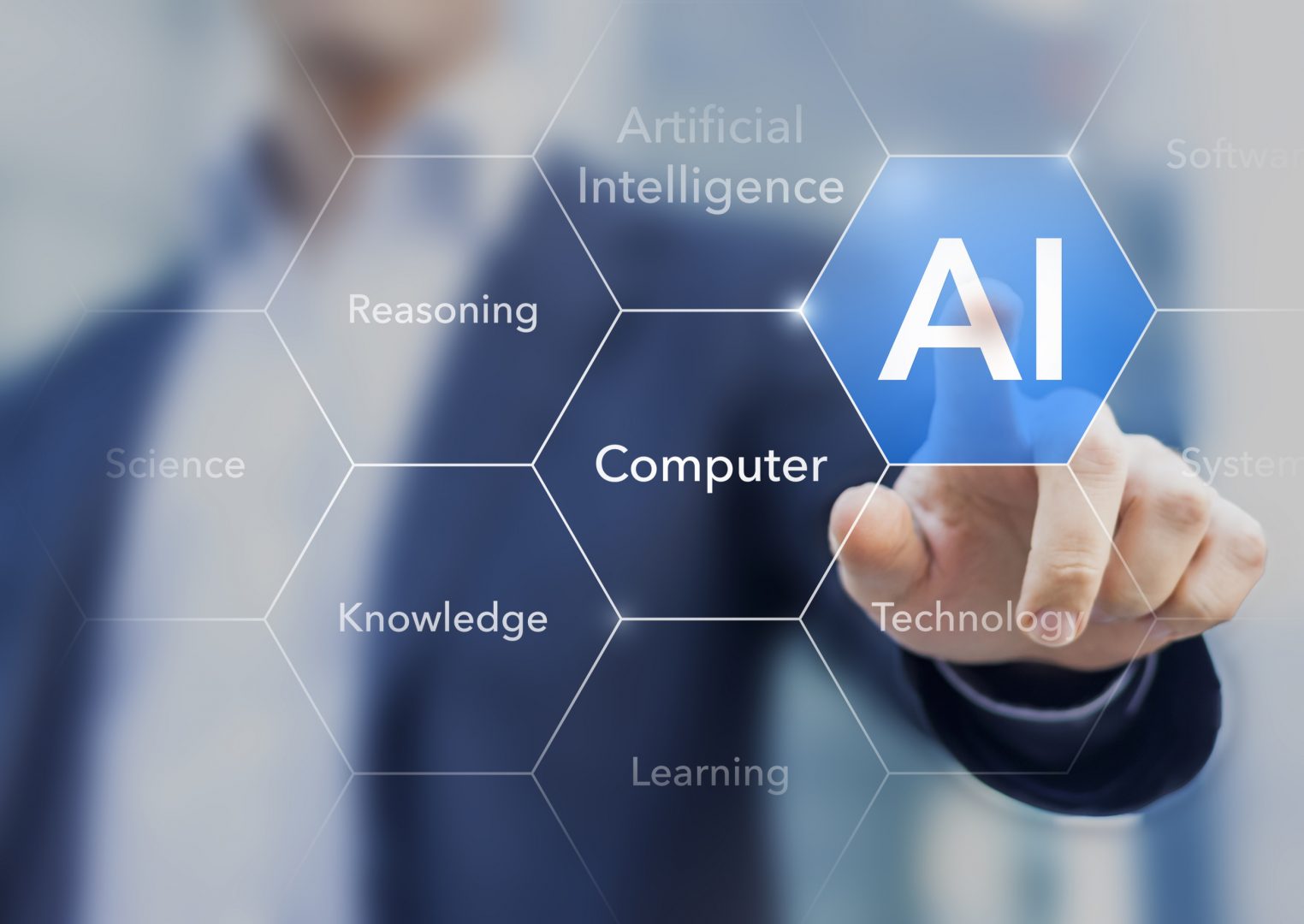Case study of five application scenarios: Artificial intelligence first landed in the medical industry?
In recent years, the development of smart medical care at home and abroad has continued to increase. It has been suggested that “although security and smart investment are the hottest, AI may lead in the medical field.†On the one hand, breakthroughs in key technologies such as image recognition, deep learning, and neural networks have brought a new round of artificial intelligence technology. development of. It has greatly promoted the deep integration of medical industry and artificial intelligence characterized by data intensive, knowledge-intensive and mental labor intensive. On the other hand, with the advancement of society and the awakening of people's health awareness, the problem of population aging is increasing, and people's demand for improving medical technology, extending human life and enhancing health is also more urgent. In practice, there are problems such as uneven distribution of medical resources, long drug development cycle, high cost, and high cost of medical personnel training. The realistic demand for medical advancement has greatly stimulated the rise of the wave of innovation and upgrading of the medical industry with artificial intelligence technology. The main application scenarios of smart medical “From the perspective of global startup practices, the specific applications of smart healthcare include insight and risk management, medical research, medical imaging and diagnostics, lifestyle management and supervision, mental health, nursing, emergency room and hospital management, drug discovery, Virtual assistants, wearables, and others. In summary, the current application of artificial intelligence technology in the medical field is mainly concentrated in the following five areas: (1) Medical robot “The application of robotics in the medical field is not uncommon. For example, technologies such as smart prosthetics, exoskeletons and auxiliary equipment repair human damaged bodies, and medical care robots assist medical staff.†There are two main types of medical robots in practice. : First, a wearable robot capable of reading human neural signals has also become a "smart exoskeleton"; Second, robots that can undertake surgery or health care functions are typically represented by the Da Vinci surgical system developed by IBM. (2) Smart drug research and development Intelligent drug research and development refers to the application of deep learning technology in artificial intelligence to drug research, and rapid and accurate mining and screening of suitable compounds or organisms through techniques such as big data analysis to shorten the development cycle of new drugs and reduce the cost of research and development of new drugs. Improve the success rate of new drug research and development. Artificial intelligence can be used to predict drug activity, safety, and side effects through computer simulations. With deep learning, artificial intelligence has made new breakthroughs in many fields such as cardiovascular drugs, anti-tumor drugs and therapeutic drugs for common infectious diseases. It has also played an important role in the development of smart drugs in the fight against Ebola. (3) Intelligent diagnosis and treatment Intelligent diagnosis and treatment is the use of artificial intelligence technology in assisted diagnosis and treatment, allowing the computer to "learn" the medical knowledge of the expert doctor, simulate the doctor's thinking and diagnostic reasoning, and thus give a reliable diagnosis and treatment plan. The intelligent diagnosis and treatment scene is the most important and core application scenario of artificial intelligence in the medical field. (4) Intelligent image recognition Intelligent medical imaging is the application of artificial intelligence technology to the diagnosis of medical images. The application of artificial intelligence in medical imaging is mainly divided into two parts: one is image recognition, which is applied to the sensing link. Its main purpose is to analyze the image and obtain some meaningful information. The second is deep learning, which is applied to the learning and analysis. Through a large amount of image data and diagnostic data, the neuron network is continuously trained in deep learning to promote its diagnostic ability. Biotechnology,Tebuthiuron,Trifloxystrobin,Flufenacet,Amicarbazone,Prothioconazole,Sulfentrazone Changzhou Satidi Import and Export Co., Ltd. , https://www.guanjiejts.com